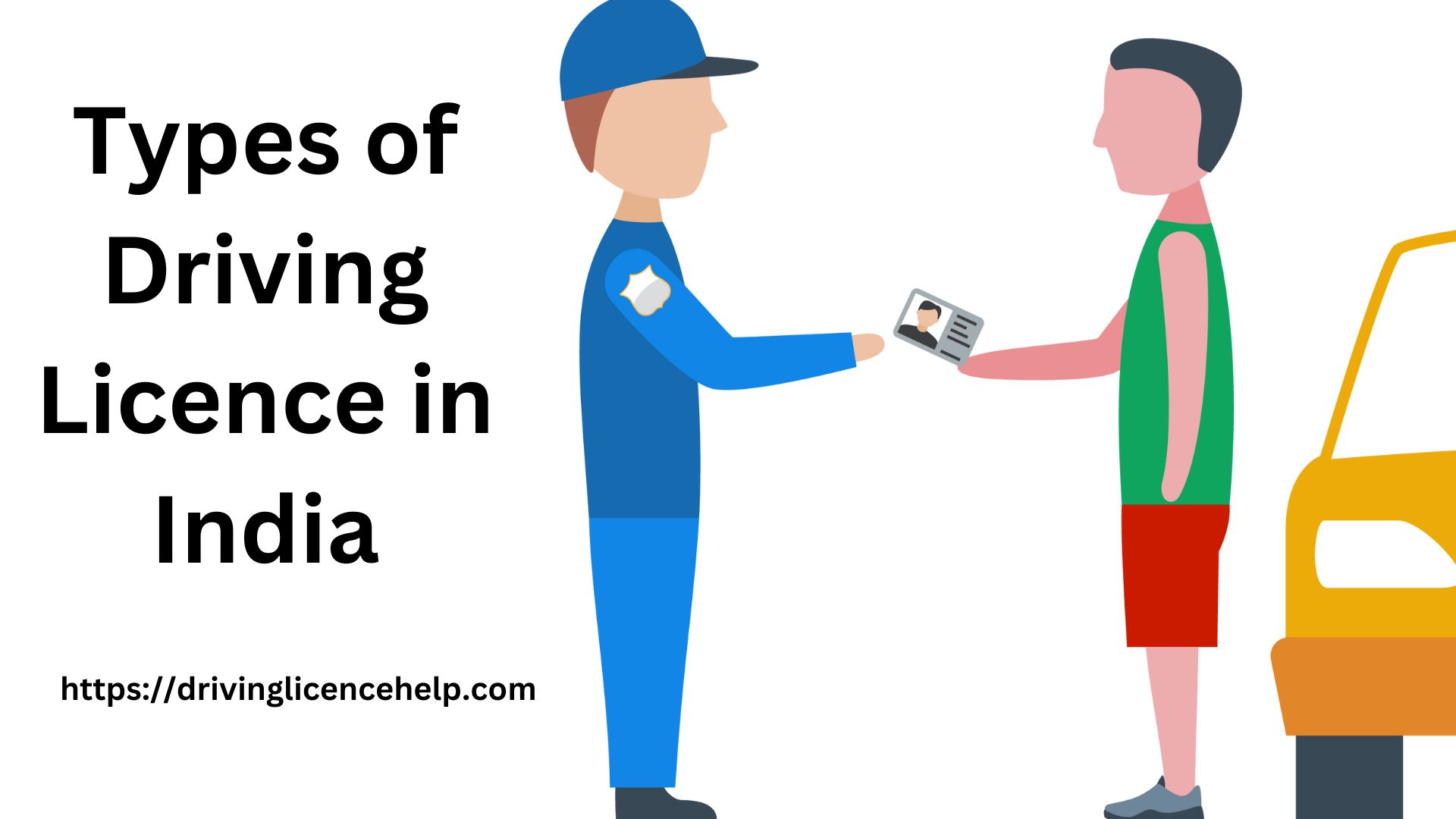Introduction:
A driving licence is an essential document that permits individuals to operate motor vehicles legally on Indian roads. In India, driving licences are issued by the Regional Transport Offices (RTOs) under the Motor Vehicles Act, 1988. Depending on the type of vehicle and purpose, there are various categories of driving licences available in the country. Understanding the different types of driving licences is crucial for aspiring drivers and existing licence holders. In this article, we will explore the different types of driving licences in India.
Learner’s Licence:
A Learner’s Licence is the first step towards obtaining a full driving licence. It is issued to individuals who are learning to drive a motor vehicle. Learner’s Licences are further categorized into two types:
- Learner’s Licence for Motorcycles: This type of licence is meant for individuals who want to learn how to ride motorcycles with gear or without gear.
- Learner’s Licence for Light Motor Vehicles (LMVs): This category includes cars, vans, and other vehicles with a specified weight limit.
Permanent Driving Licence:
Once an individual obtains a Learner’s Licence and gains sufficient driving experience, they can apply for a Permanent Driving Licence. The Permanent Driving Licence is categorized based on the type of vehicle:
- Motorcycle Without Gear (MCWOG): This licence allows individuals to drive motorcycles without gears, such as scooters and mopeds.
- Motorcycle With Gear (MCWG): This licence permits individuals to operate motorcycles with gears.
- Light Motor Vehicle (LMV): This category covers cars, jeeps, taxis, and other non-commercial vehicles with a specific weight limit.
- Medium Goods Vehicle (MGV): Individuals with this licence can drive medium-sized commercial vehicles used for transporting goods.
- Medium Passenger Vehicle (MPV): This licence is required for driving medium-sized commercial vehicles used for passenger transportation.
- Heavy Goods Vehicle (HGV): This licence allows individuals to operate heavy commercial vehicles used for transporting goods.
- Heavy Passenger Vehicle (HPV): Individuals with this licence can drive heavy commercial vehicles used for passenger transportation.
International Driving Permit (IDP):
An International Driving Permit is issued to Indian citizens who wish to drive in foreign countries. It serves as a translation of the Indian driving licence and is valid for one year.
Commercial Driving Licence:
In addition to the driving licences mentioned above, there is a separate category for commercial vehicles. Commercial Driving Licences are required for individuals who wish to drive commercial vehicles for business purposes. These licences are further divided into the following subcategories:
- Heavy Transport Vehicles (HTV): This licence is necessary for driving large commercial vehicles like trailers, trucks, and buses that transport goods or passengers.
- Transport Vehicles (TV): Individuals with a Transport Vehicle licence can operate vehicles used for public transportation, including buses, taxis, and autorickshaws.
Defence Driving Licence:
Defence personnel, including members of the armed forces, are issued Defence Driving Licences. These licences enable them to drive military vehicles and other vehicles assigned to their respective departments.
Hill Driving Licence:
Hilly regions in India present unique challenges for drivers due to steep slopes and narrow roads. To ensure safety and expertise in navigating such terrains, certain states like Himachal Pradesh, Uttarakhand, and Jammu and Kashmir require a specific Hill Driving Licence. This licence is mandatory for both commercial and private vehicles operating in these regions.
Invalid Carriage Driving Licence:
People with disabilities who use specially designed vehicles, such as tricycles or cars equipped with modifications for their mobility needs, are eligible for an Invalid Carriage Driving Licence. This licence ensures that individuals with disabilities have the necessary permission to operate their vehicles on Indian roads.
E-Rickshaw Driving Licence:
With the increasing popularity of electric rickshaws (e-rickshaws) as an eco-friendly mode of transportation, certain states in India have introduced a separate E-Rickshaw Driving Licence. This licence is required for individuals who wish to drive e-rickshaws for commercial purposes.
It’s important to note that each state in India may have specific variations in the categorization and requirements of driving licences. Therefore, it is advisable to refer to the respective state’s Regional Transport Office (RTO) for accurate information and guidelines.
Suggested Read- Driving licence renewal
Conclusion:
Obtaining a driving licence is a significant milestone for any individual aspiring to drive legally in India. Understanding the various types of driving licences available is crucial for selecting the appropriate category based on the vehicle and purpose. Whether it is a Learner’s Licence or a Permanent Driving Licence, each type serves a specific function and has its requirements. By following the necessary procedures and meeting the eligibility criteria, individuals can obtain the driving licence that suits their needs, ensuring safer and responsible driving on Indian roads.












Leave a Reply